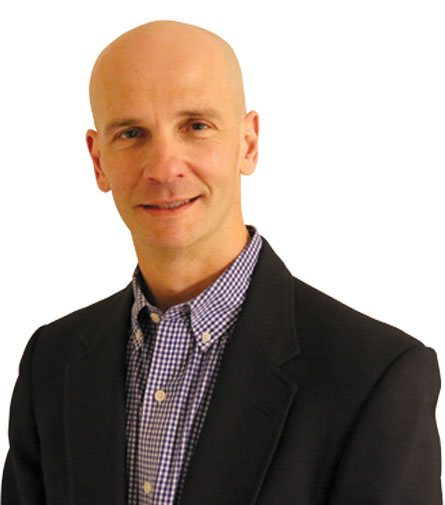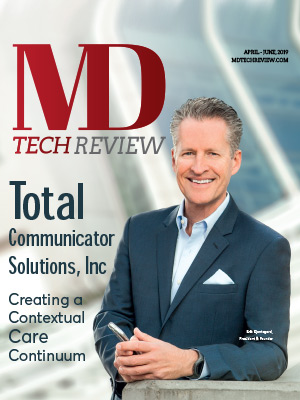 Ben Lazar, Chief Marketing & Product Officer
Ben Lazar, Chief Marketing & Product OfficerClaims take an average of three months to process, which delays the identification and closure of care gaps in real time. By the time a health plan has mailed a paper care gap alert to a provider, opportunities may have been missed to improve care delivery and the patient outcome, as well as to reduce avoidable healthcare costs.
The challenge for health plans is to identify an easy way to clearly and efficiently communicate quality measures that will improve patient outcomes without having to build a new infrastructure to connect them securely with their providers. Payspan, the nation’s leading provider of healthcare reimbursement and payment automation services, has developed a solution that lets health plans off the hook.
Payspan is leveraging its secure healthcare network that connects 750 health plans with 1.3 million provider payees and 107 million consumers to accelerate adoption of value-based care. Payspan’s Quality Incentive Communications System (QICS) integrates with Payspan’s existing network, enabling payers and providers to exchange sensitive healthcare information electronically on-demand.
“We offer the largest healthcare payment automation platform in the nation, making it a natural pipeline for the delivery of quality incentive communications,” says Ben Lazar, chief marketing and product officer for Payspan, who led the team that developed the solution. “In designing this service, we realized that we had the capability to help health plans facilitate alternative payment and reimbursement solutions that improve patient outcomes.”
Payspan’s QICS solution reduces barriers to communication by:
• Enabling the uploading/downloading of documents using a medical records exchange
• Delivering quality notifications of existing care gaps for members in-stream of reimbursements and payments
• Providing clear and understandable, graphical reports to providers about attained and available incentives
Lazar says the solution addresses one of the most significant barriers to value-based care—physician buy-in. “Providers have complex value contracts with health plans that provide guidance about quality measures and incentives, but they are cumbersome and hard to understand,” Lazar says. “Providers are strapped for time and resources, which makes it difficult for them to incorporate quality measures into their care routines.”
“Our QICS service simplifies all of that information for them by providing alerts about specific care gaps and quality measures, and clear reporting on their incentives,” Lazar says. “Providers can also share quality information and attachments back to the payer in a bi-directional manner that satisfies HEDIS requirements.”
A 2016 survey of America’s physicians by the Physicians Foundation revealed that 80 percent of physicians are not aware that incentives are available to them. A survey of physicians and healthcare executives by Quest Diagnostics/Inovalon in 2016 revealed that the complexity of quality measures creates barriers for physicians to achieving them.
Payspan has created a simple solution that can eliminate those barriers by leveraging an existing network that already connects health plans with their providers’ financial hubs. All they have to do is add QICS to this network and they will be able to start exchanging meaningful data with their providers in real-time, taking an important step toward the achievement of value-based care.
“We offer the largest healthcare payment automation platform in the nation, making it a natural pipeline for the delivery of quality incentive communications,” says Ben Lazar, chief marketing and product officer for Payspan, who led the team that developed the solution. “In designing this service, we realized that we had the capability to help health plans facilitate alternative payment and reimbursement solutions that improve patient outcomes.”
Payspan’s QICS solution reduces barriers to communication by:
• Enabling the uploading/downloading of documents using a medical records exchange
• Delivering quality notifications of existing care gaps for members in-stream of reimbursements and payments
• Providing clear and understandable, graphical reports to providers about attained and available incentives
Lazar says the solution addresses one of the most significant barriers to value-based care—physician buy-in. “Providers have complex value contracts with health plans that provide guidance about quality measures and incentives, but they are cumbersome and hard to understand,” Lazar says. “Providers are strapped for time and resources, which makes it difficult for them to incorporate quality measures into their care routines.”
“Our QICS service simplifies all of that information for them by providing alerts about specific care gaps and quality measures, and clear reporting on their incentives,” Lazar says. “Providers can also share quality information and attachments back to the payer in a bi-directional manner that satisfies HEDIS requirements.”
A 2016 survey of America’s physicians by the Physicians Foundation revealed that 80 percent of physicians are not aware that incentives are available to them. A survey of physicians and healthcare executives by Quest Diagnostics/Inovalon in 2016 revealed that the complexity of quality measures creates barriers for physicians to achieving them.
Payspan has created a simple solution that can eliminate those barriers by leveraging an existing network that already connects health plans with their providers’ financial hubs. All they have to do is add QICS to this network and they will be able to start exchanging meaningful data with their providers in real-time, taking an important step toward the achievement of value-based care.




